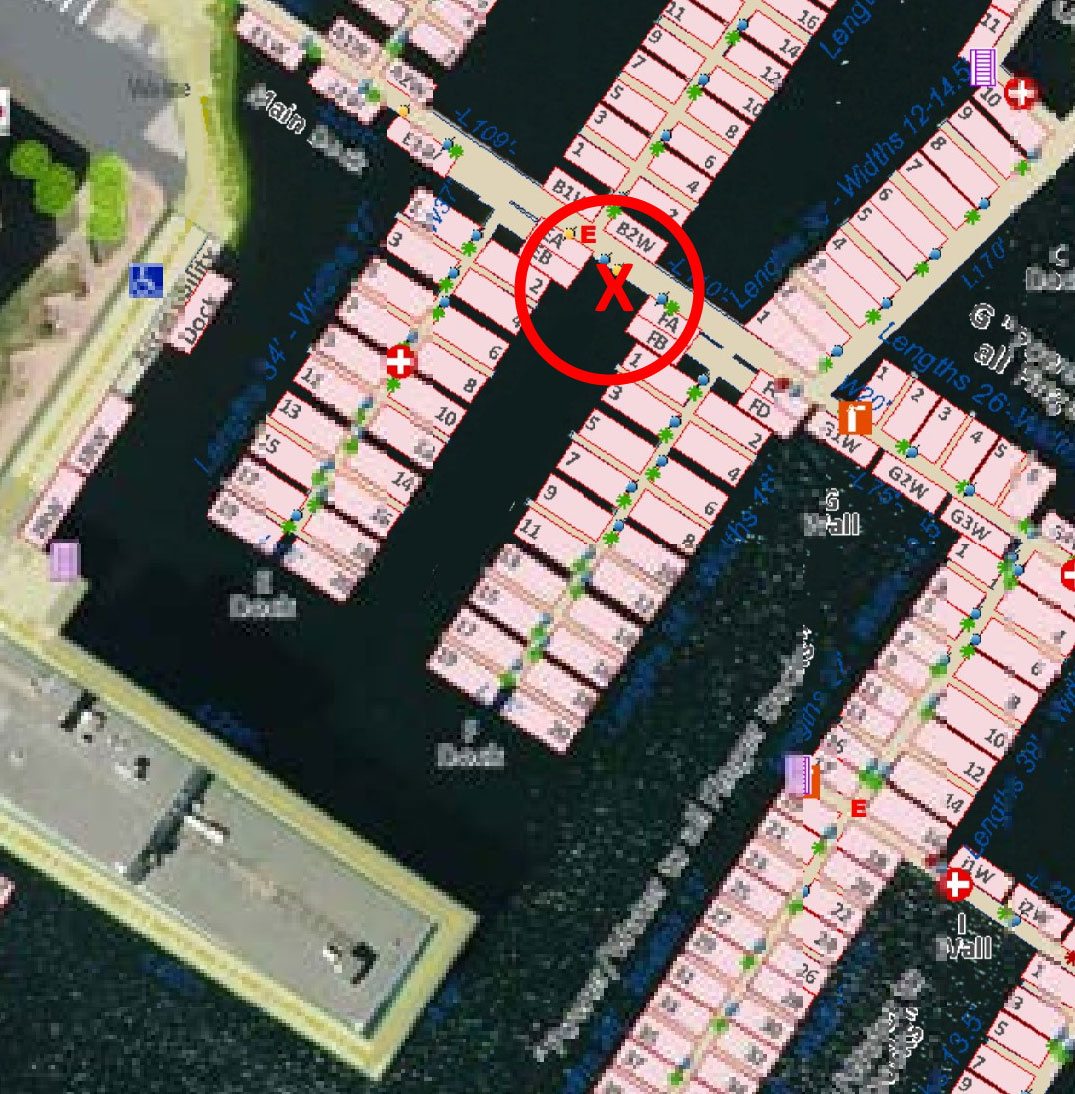Docking can (hopefully not) be a full-contact sport
EDITOR’S NOTE: Julie Thorndycraft and Daniel DeWeese, our intrepid Harbor Report/Logbook editors and Bayfield Award recipients, chronicle their journeys aboard SV Gaviidae (https://gaviidaesails.com/). They had a particularly interesting docking experience when coming into Kingston, Ont. (O-13), which Julie chronicled, and we thought might be of interest to our readership.
I don’t recall which friend referred to docking as a full-contact sport. But there is serious truth in that reference. But before I get to docking, let me say a little more about the day leading up to the docking adventure.
We had just spent three nights at anchor in a lovely cove on Amherst Island, not far from Kingston, Ont. It was a well-protected anchorage and we had ridden out a major storm that had numerous boats dragging anchor the first day we were there. The cove kept us protected from subsequent winds and bad weather over the next couple of days. But it was time to head to a dock for provisions and such.
We finally got underway to Kingston around 1100 and puttered along the shoreline of Amherst, scouting out other anchorages for the Great Lakes Cruising Club Harbor Reports.
Things go roly-poly
As we reached the eastern end of Amherst Island, we hauled out the staysail, figuring the 8-10 knots of wind from behind would help push us along. Within a short time, the winds increased to the 10-15 knot range. The waves coming down the length of Lake Ontario made for a great rollercoaster ride.
As the waves increased to 4 feet, I attempted different angles of attack to smooth out the ride. It took us out of our way but allowed for longer time spans of running with the waves as we
continued eastward. By 1330 the wind was pushing 20 knots and building.
I headed north into the Kingston channel, dodging two ferries that had just departed the dock, a Jet Ski, and a small sailboat that had capsized at least three times while we were heading in.
Docking team
Entering the Confederation Basin Marina involves going between two robust rock breakwalls. With the wind directly on our nose, I had to significantly increase power to get into the basin. Docking in high winds requires the “A” team. My docking, while improving with each year, only rates “B” team status, so Dan (the "A" team) took the helm.
While Dan circled in the breakwall-enclosed basin, I prepped fenders and dock lines. The marina staff assigned us a tie-up spot and indicated we had the entire wall at the end of a fairway between piers. Sounded perfect. They also said they would have staff there to assist. We were to look for the “red shirts.” We found them, down a narrow fairway with finger piers on both sides. There were four of the “red shirts” lined up like a defensive football line.
 And then, ‘Oh S@#t!’
And then, ‘Oh S@#t!’
The wind was now gusting over 30 knots out of the south and coming at us from the aft port quarter.
With Dan at the helm and me along the starboard foredeck, we were communicating via our headsets. We would have to talk our way through landing the boat for a starboard tie to the “wall” – a section of dock connecting other docks perpendicular to the wall we were targeting. When I said I was ready, Dan headed for the goal line, er, dock. And while we had the entire length of the wall, there were boats on both sides as we headed down the 50-foot-wide fairway with the gusty wind at our backs.
If you’ve seen the movie, “Captain Ron,” visualize the docking scene. The final turn to port had to be done in less than 30 feet — not a simple task with a 50-foot boat in a narrow channel!
Reverse! Reverse! Comin’ in hot
I relayed to Dan that we were coming in hot and to go into reverse. He was already in reverse, but the wind was pushing us along. By this point, another four men had joined the staff to help “catch” our 30,000-lb boat. With Dan in full reverse, he swung the bow to port by cranking the wheel hard over and hitting the bow thruster simultaneously. The wind blew us sideways into the wall. It was the fastest docking we’ve ever done! It took all eight guys on the dock to cushion the landing.
Once the boat was settled dockside and the engine was shut down, the dock crew and assisting sailors chorused “Atta boys” and “Well done, Captain” to Dan. Afterwards, as we were cleaning up dock lines and connecting to shore power, a gentleman from a neighboring boat came over to congratulate Dan, saying he had never seen anyone land a boat of our size perfectly in such conditions.
Was it skill or luck?
Later, as we were enjoying an adult beverage, I congratulated Dan on a job well done. His response: “Pure luck.” He then commented, “I’ve never skidded a boat into a landing before.”
Docking: a full-contact sport!


Nice Job!
PermalinkWell done! Any docking you can walk away from without leaving some fiberglass behind is a good one :)